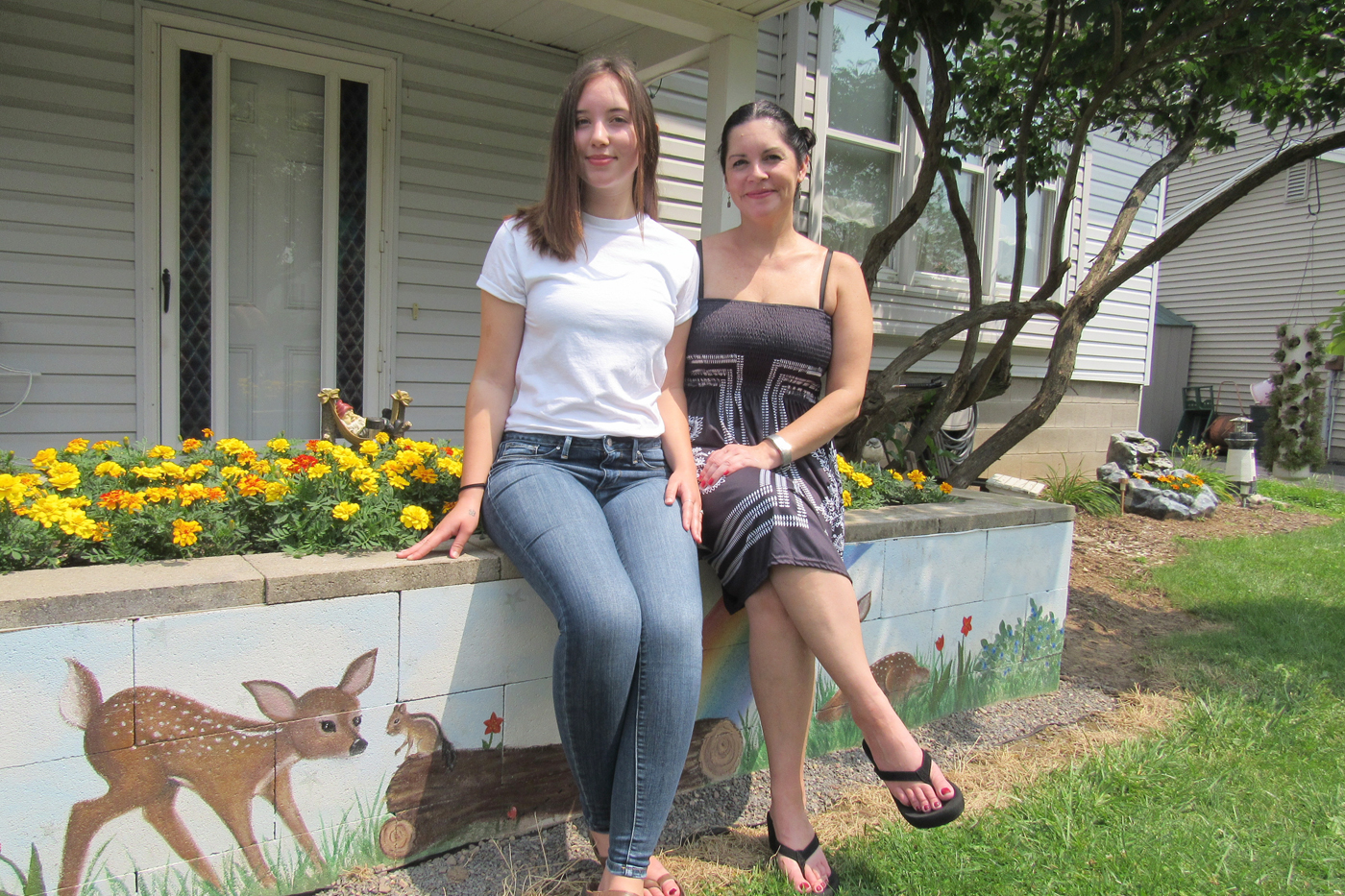Shoreline property owners encouraged to take on-line survey
It has been a challenging year for property owners and businesses located along the shoreline of Lake Ontario and the St. Lawrence River. An extremely wet spring led to record high water levels on Lake Ontario and the St. Lawrence River, which resulted in flood and erosion damage to a number of shoreline properties.
“We’ve seen first-hand some of the severe damages that have occurred around the Lake Ontario-St. Lawrence River communities. In some areas these impacts have been truly devastating, and we want to hear from shoreline property owners and businesses about what happened,” explains Wendy Leger, Canadian Co-Chair of the Great Lakes-St. Lawrence River Adaptive Management (GLAM) Committee.
The GLAM Committee is working with Conservation Ontario to conduct an online survey to seek direct input from shoreline property owners and ensure all impacted shoreline residents and businesses have an opportunity to describe what happened to their properties. The survey asks a variety of questions on the extent of flooding, erosion, damage to shoreline structures, and related damage to residential and business shoreline properties. There is also an opportunity to upload pictures to document the extent of flooding/erosion impacts on shoreline properties. “Adding pictures is optional, but encouraged,” notes Leger.
This survey is based on an earlier survey conducted this summer by Cornell University and New York Sea Grant of shoreline properties along the U.S. side of Lake Ontario and the St. Lawrence River. While the focus of the GLAM survey is to capture missing Ontario and Quebec information to complement results from the Cornell/NY Sea Grant survey, owners of New York state properties who did not get an opportunity to respond to the earlier survey, or who have more to tell, are welcome to respond. “If you have property on Lake Ontario or the St. Lawrence River and you suffered damage as a result of the high water levels this year, we want to hear from you,” said GLAM Committee U.S. Co-Chair, Arun Heer. The information collected in this survey will be used by the GLAM Committee to better understand vulnerable shoreline areas.
The survey should take about 10 to 25 minutes to complete, depending on extent of damage being reported on. To take the survey, please visit http://www.ijc.org/en_/GLAM and look for the “Take the Survey” link. The deadline for completing the survey has been extended to December 31, 2017.



